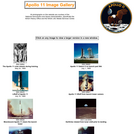
NASA presents this gallery of images from the Apollo 11 mission to the moon in 1969.
- Subject:
- Physical Science
- Material Type:
- Diagram/Illustration
- Primary Source
- Provider:
- NASA
- Date Added:
- 03/20/2014

NASA presents this gallery of images from the Apollo 11 mission to the moon in 1969.
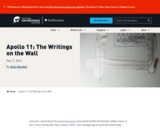
Look in the Apollo 11 Command Module Columbia to observe and record some hand-written notes and markings in areas of the spacecraft that have been hidden from view for more than 40 years.
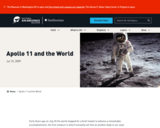
When the Apollo 11 spacecraft lifted off on July 16, 1969, for the Moon, it signaled a climactic instance in human history.
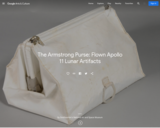
The bag itself was immediately recognizable in that the ALSJ long has had a page devoted to what the astronauts referred to as a McDivitt Purse.
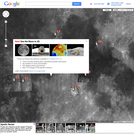
Google teamed up with scientists at the NASA Ames Research Center to create this collection of lunar maps and charts. This tool is an exciting new way to explore the story of the Apollo missions, still the only time mankind has set foot on another world.
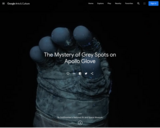
The last time the gloves and helmet were displayed, in 2012, visitors asked us about "grey spots" on the right glove.
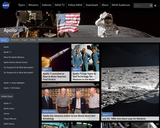
NASA's page on the Apollo Missions features photos, videos, and interactive features.
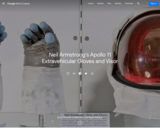
These three components of Armstrong's A7-L spacesuit are a small portion of what hundreds of millions of people saw on the television broadcast of his first steps on the lunar surface.
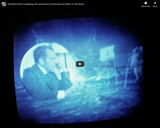
On July 20, 1969, the Apollo 11 mission brought the first humans to the Moon. On that day President Nixon spoke with crewmembers Neil Armstrong and Buzz Aldrin via telephone-radio transmission.
Source: This edited presentation features film footage from the White House Staff Super 8 Film Collection and audio from the White House Communications Agency Sound Recording Collection.

Join STEM in 30 to learn about the research and conservation efforts that went into ensuring Neil Armstrong's suit will last for generations to come.

Hear from those involved with the Apollo program, and learn about the science behind getting to the moon. We will also take a look at the plans to head back to the moon in the near future.
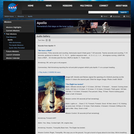
Hear sound recordings from the Apollo 11 mission to the moon.

All models digitized by the Smithsonian Museum. 3D Models are downloadable in several formats for use in various 3D Modeling programs. The model viewer on the Smithsonian 3D Digitization page allows for embedding the used model viewer.
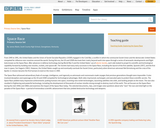
From 1945 to 1991, the United States and the Union of Soviet Socialist Republics (USSR) engaged in the Cold War, a conflict in which the communist Soviet Union and the democratic United States competed for influence over countries around the world. During this era, the US and USSR also took their rivalry beyond earth into space through a series of aeronautic developments and flight tests known as the Space Race. After advances in defense technology during World War II and the United States’ use of atomic bombs, each side looked to propel its scientific and technological capability forward by building new missiles, rockets, and spacecraft. The Soviets had many early successes in the Space Race, including the launch of the first satellite, Sputnik (1957), and the first man in space, Yuri Gagarin (1961). However, the United States caught up and eventually overtook the Soviet Union, particularly when American astronaut Neil Armstrong and the crew of the Apollo 11 mission became the first humans to land on the moon in 1969.

The Apollo 11 mission to the moon in 1969 introduced The Lunar Laser Ranging Interplanetary Experiment led by Hildreth (Hal) Walker Jr. This ongoing experiment measures Earth's distance from the Moon